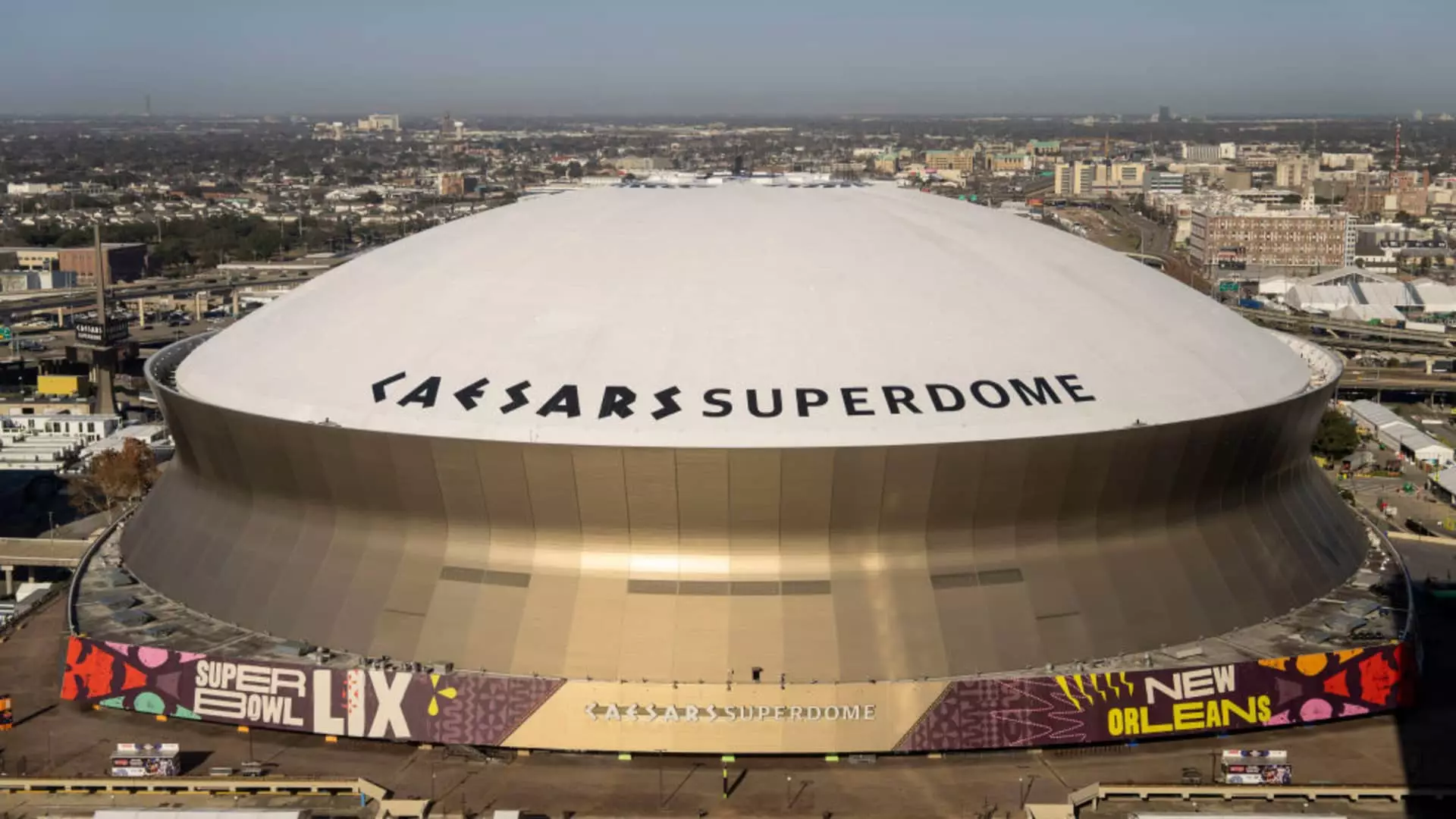As Americans prepare for the grandeur of the Super Bowl, few are aware of the complex financial ecosystem that supports the colossal stadiums housing these monumental events. A significant yet often overlooked element of this ecosystem is the municipal bond market, particularly bonds issued for funding sports stadium construction and their surrounding infrastructures. This nuanced investment space is not only vital for local economies but also presents intriguing opportunities for the discerning investor.
Understanding Municipal Bonds and Their Role in Stadium Financing
Municipal bonds, commonly referred to as munis, are debt securities issued by local governments or their agencies to finance public projects. In the context of professional sports teams, these bonds play a crucial role in funding the construction of new stadiums and the necessary infrastructure improvements, such as roads and public transport improvements, that accompany these commercial undertakings. According to Dan Close, head of municipals at Nuveen, this investment avenue is increasingly seen as a pivotal driver of local economic growth.
Investors seeking tax-exempt income are often drawn to municipal bonds due to the allure of federal and potentially state tax exemptions. This tax benefit is particularly appealing to high-income earners, creating a robust marketplace that facilitates substantial investments in community projects. However, many investors approach this sector with misconceptions, particularly regarding the sources of repayment for these bonds.
A common misunderstanding in the municipal bond market is the assumption that the repayment of stadium bonds hinges heavily on the success of the local sports franchise or its ability to draw fans. Close clarifies that this perception is misleading. Generally, stadium bonds are secured by stable and reliable revenue streams, such as general tax revenues, specific stadium-generated taxes, or specially designated levies. This structural assurance reflects a higher level of security than many investors initially expect.
Moreover, Close emphasizes that most stadium bonds earn an investment-grade rating, indicating that they represent lower-risk opportunities in comparison to their perceived volatility. This disconnect between perception and reality means that investors could potentially secure a higher yield by investing in these bonds than they might elsewhere—a notable financial advantage.
Nuveen offers several examples of stadium bonds within its municipal bond portfolios, showcasing the diversity and strength of this investment area. The New York Municipal Bond Fund, for instance, includes revenue bonds from Yankee Stadium, alongside a separate issue for parking facilities related to the venue. The Nuveen All-American Municipal Bond Fund also holds Louisiana bonds that are directly tied to hotel occupancy taxes for supporting stadium projects.
Despite the limited share of stadium bonds within the broader municipal market, they frequently gain media attention due to their high visibility and the passionate public discourse surrounding them. For example, Erie County, New York, recently issued “Bills Bonds” to finance their new stadium, successfully raising approximately $111 million, with a portion coming from individual retail investors. Such notable projects often drive interest and participation from local communities, as seen with coupon rates around 5% for these newly issued bonds.
Interestingly, about 40% of funding for stadium development typically derives from public financing. A significant case noted by Nuveen involved the Nissan Stadium for the Tennessee Titans, which showcases the magnitude of taxpayer funding in such ventures. The project’s staggering $2.1 billion budget will see the government issue $500 million in general obligation bonds and an additional $760 million from various non-revenue bonds.
Nuveen highlights another key aspect—investors should focus on the ultimate sources of repayment rather than simply the allocation of proceeds. As Stadium projects can evoke debate and scrutiny, understanding the financial underpinnings will leave investors better equipped to navigate this arena.
While the glitz and glamour of professional sports capture public attention, the underlying investment opportunities in municipal bonds tied to stadium financing are both dynamic and essential. Investors contemplating these options would benefit from thorough research and a clear understanding of the repayment structures. With the potential for risk-adjusted yields, stadium bonds may present an appealing addition to a diversified investment portfolio. By reevaluating preconceived notions and recognizing the true nature of the repayment mechanisms, investors can make informed decisions in this unique segment of the municipal bond market and contribute to the infrastructures that support local sports enthusiasm.

